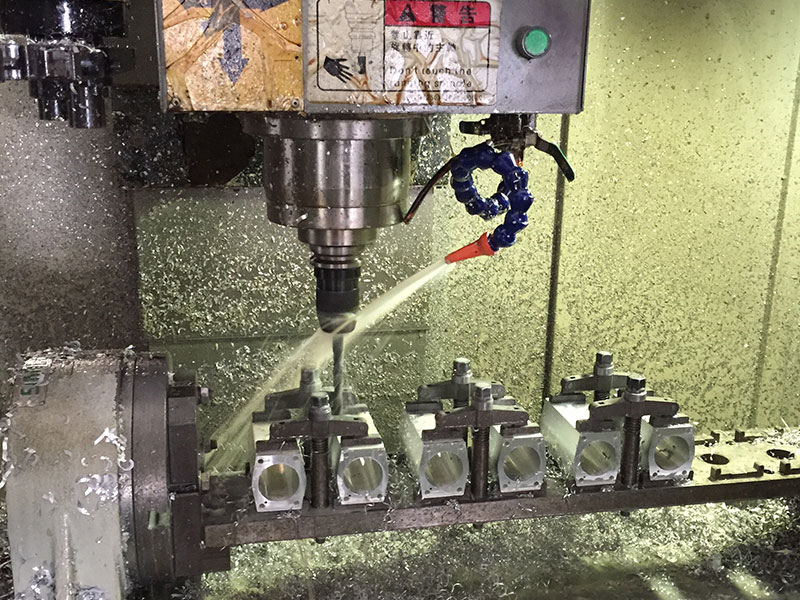In the actual application of the factory, many people can't distinguish the difference between limit switch, photoelectric switch and proximity switch. Today I want to promote it to everyone.
First of all, limit switches, proximity switches and photoelectric switches are three sensors with different principles but the same function, which are used to detect positions.
Limit switch: also known as travel switch; it can be installed on relatively stationary objects (such as fixed frames, door frames, etc., called still life) or moving objects (such as driving vehicles, doors, etc.). When an object is close to a still life, the connecting rod of the switch drives the contact of the switch to make the closed contact open or the open contact closed. The actions of circuits and mechanisms are controlled by the changes in the opening and closing states of the switch contacts. Limit switches can be divided into rotary limit switches and linear travel limit switches. The inside of the limit switch is mainly a mechanical contact, which can be normally open or normally closed. Contact is passive, so regardless of NPN and PNP, the incoming line is 24V, and the outgoing line is also 24V; so PLC is not picky.
Proximity switch: A sensor that can be operated to detect position without direct mechanical contact with moving parts. Proximity switches are also called non-contact travel switches, which can complete travel control and limit protection.
The sensor does not need to contact the detection substance, but the material of the detection substance needs metal, because it does not require contact detection, so it has reliable work, long life, low power consumption, high positioning accuracy, high operating frequency and harsh working environment adaptability, etc. . Proximity switches are divided into PNP and NPN, so you need to confirm the PLC connection when selecting the sensor.
Photoelectric switch: Use the shielding or reflection of the detected object to the light beam, and connect the circuit to detect the existence of the object through the synchronization loop. Objects are not limited to metals, all objects that can reflect light (or block light) can be detected. The photoelectric switch has diffuse reflection type, penetrating beam type and so on. Diffuse reflection requires only one sensor to complete transmission and reception, while the transmissive type requires two sensors, one for transmission and one for reception.
The photoelectric switch also has two models, NPN and PNP, but in addition, the photoelectric switch also has a dry junction, that is, it can be connected to any kind of PLC.


 customer service1
customer service1  customer service2
customer service2 